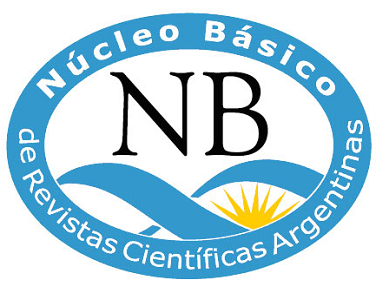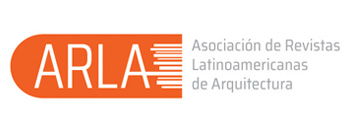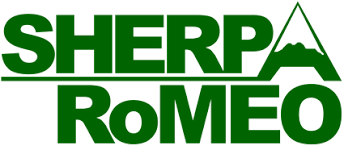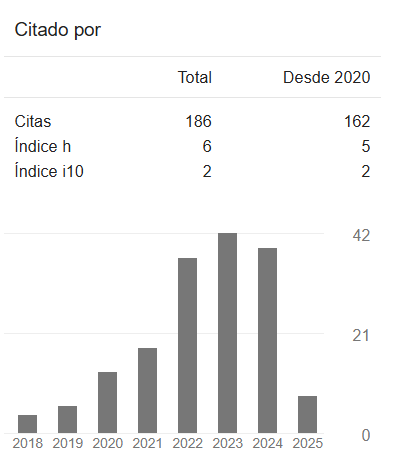Le Corbusier: From the primitive hut to the cabanon
DOI:
https://doi.org/10.35305/23626097v5i8.111Keywords:
Le Corbusier, Adolf Loos, Bassin d’Arcachon, vernacular, natureAbstract
Insufficient attention has been paid to Le Corbusier’s search for origins in the vernacular dwellings he observed, drew and inhabited. In parallel with his development of a machine-age architecture dominated by geometry and reason he explored the basis of contentment in the simple life of peasants and fishermen, and the rough shacks they built with their own hands. The ten years during which he spent his vacations in the little village of Le Petit Piquey on the Bassin d’Arcachon were fundamental for stimulating a revolution in his painting and, eventually, his architecture. This article explores the various ramifications of Le Corbusier’s search for a closer connection with nature and with a more primitive existence protected from ‘civilisation’. His book La Ville Radieuse is a witness to this patient research, as well as houses such as Le Sextant aux Mathes and the petite maison de weekend, La Celle Saint Cloud.
Downloads

Published
How to Cite
Issue
Section
License
Open access policy
A&P Continuidad is a non-profit and open access publication. According to Mexico Declaration on Cultural Policies, the journal distribution is submitted to Creative Commons Attribution-Noncommercial-ShareAlike 4.0 International Public License (CC BY-NC-SA). “Neither the commercial use of the original work nor that of the possible derivative works are allowed. The distribution of derivative works should be submitted to the license regulating the original work. This license is not free.”
A&P Continuidad authorizes the partial or full reproduction of texts and graphs provided that the source is cited. Authors are exclusively responsible for the criteria expressed in the articles which do not necessarily reflect the opinion of the Editorial Committee or that of the Direction Board. The copyright of the published articles pertains to their authors or publishers.
Transfer of rights
The acceptance of an article to be published implies the author’s transfer of rights to the journal. Authors continue to have the right to use the material in future books or publications, approve or veto the republication of their works as well as the rights related to patents or other rights. Transfer of rights form may be downloaded here.





























 This OJS site and its metadata are under a
This OJS site and its metadata are under a 

